Bitcoin’s freefall intensifiies again today after China’s central bank warned against engagement of virtural currency transactions by businesses in the country. A document read, “recently, crypto currency prices have skyrocketed and plummeted, and speculative trading of cryptocurrency has rebounded, seriously infringing on the safety of people’s property and disrupting the normal economic and financial order.”
Bitcoin dived through cluster support at 41964 (38.2% retracement of 4000 to 64828 at 41591) today, and hit as low as 29563. It’s now trying to draw support from 28989 support, which is in proximity to 61.8% retracement at 27236. We’d believe that downside potential is limited for now. A corrective recovery should following soon, but there is little prospect of break through 47112 resistance turned support any time soon. We’ll take note of the structure of the recovery to gauge what the next move would be.




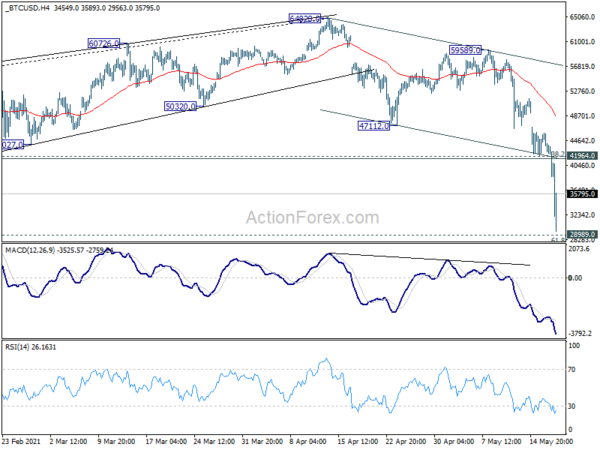
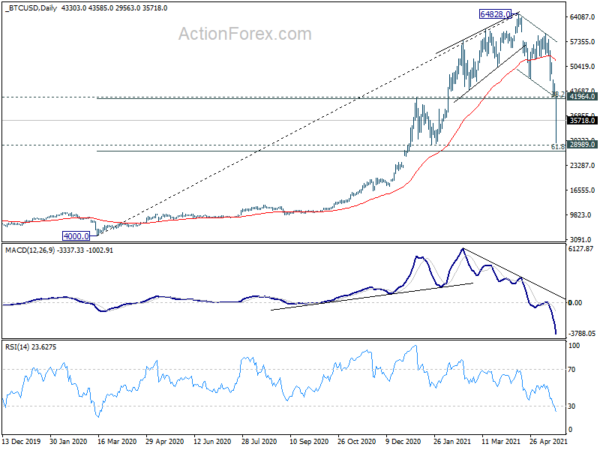
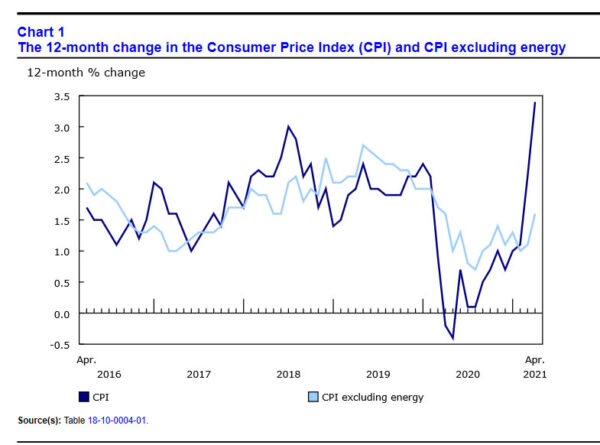
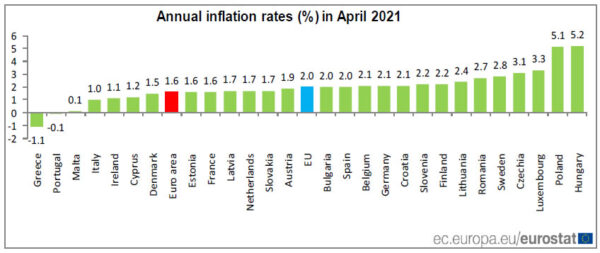
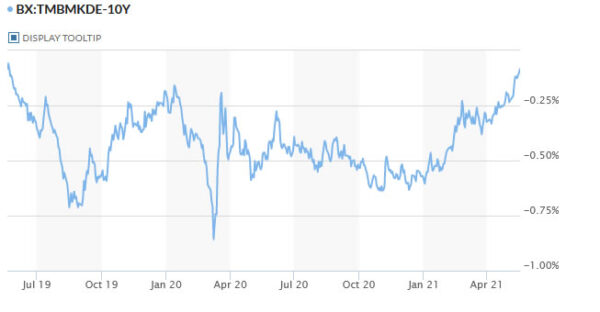
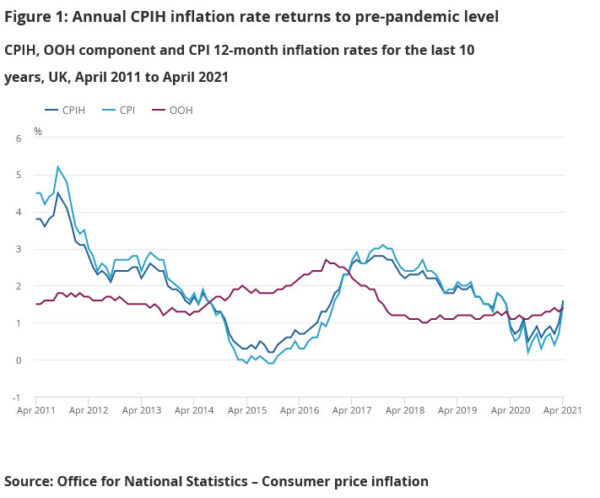
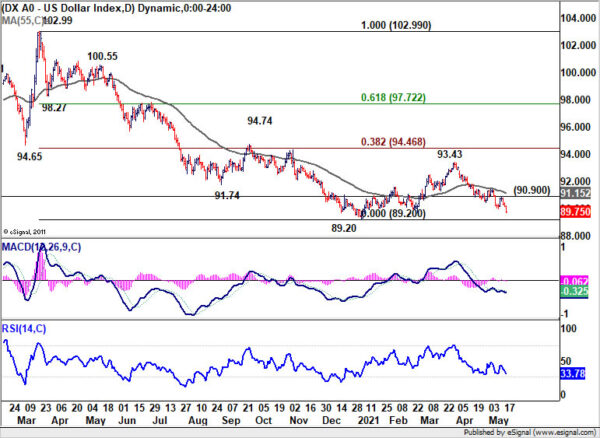
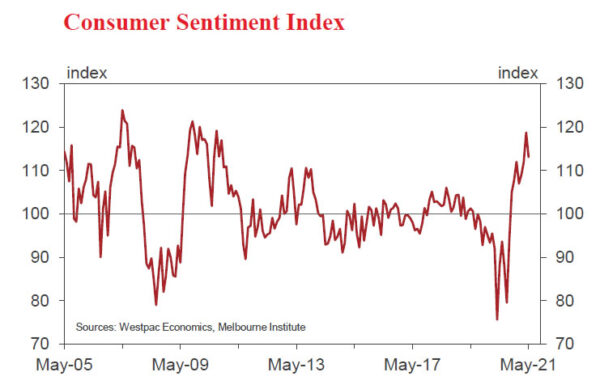

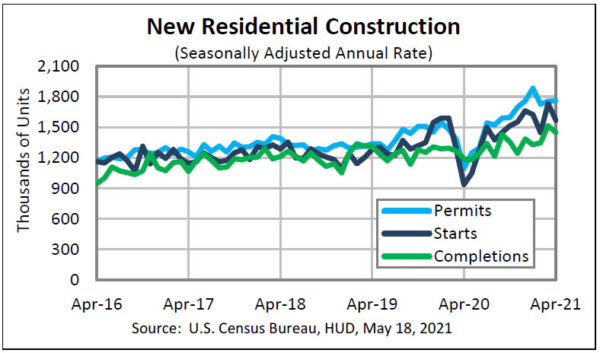
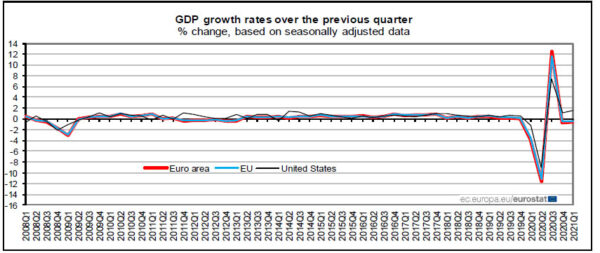
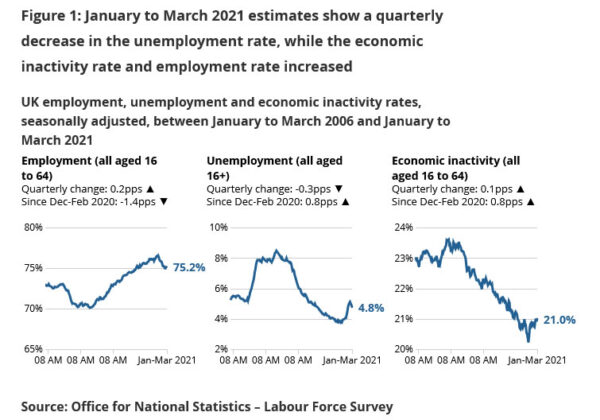
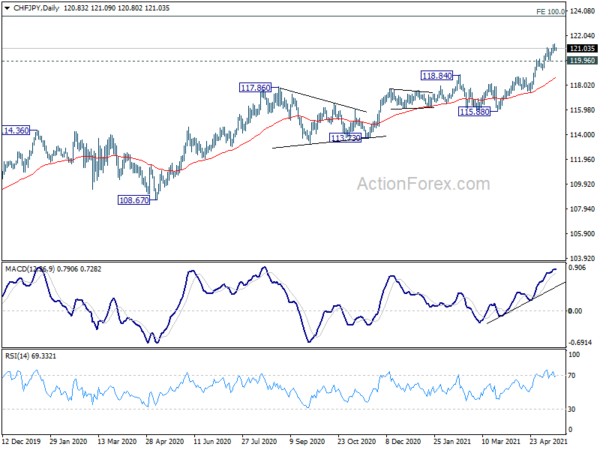
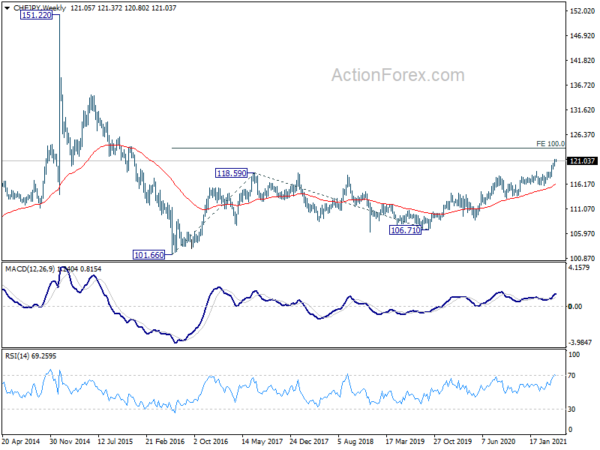
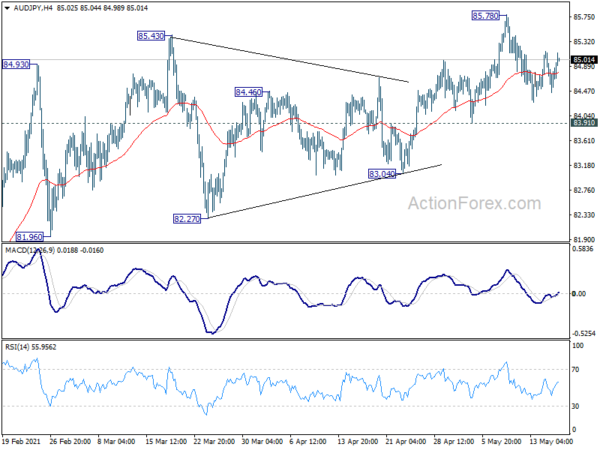
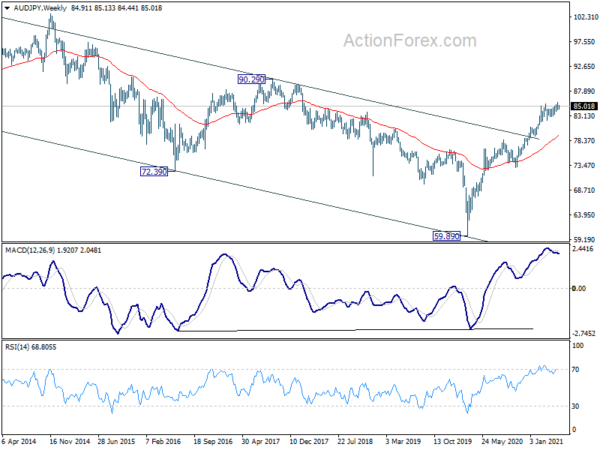
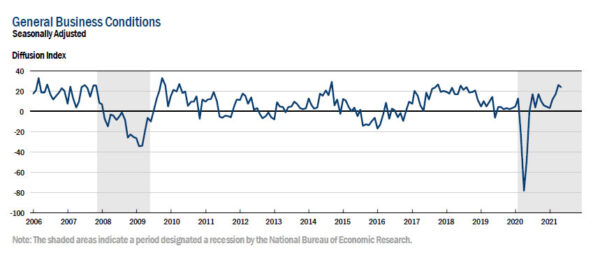

US oil inventories rose 1.3m barrels, WTI dives following broad based risk selloff
US commercial crude oil inventories rose 1.3m barrels in the week ending May 14, below expectation of 1.5m barrels. At 486m barrels, oil inventories are about 1% below the five year average for this time of year. Gasoline inventories dropped -2.0m barrels. Distillate dropped -2.3m barrels. Propane/propylene rose 0.4m barrels. Commercial petroleum inventories dropped -0.2m barrels.
WTI crude oil drops sharply today, following broad based risk selloff. The current development suggest rejection by 67.83 high as expected. Rise from 57.31, the second leg of the consolidation pattern from 67.83, should have completed at 66.98. Deeper fall would now be seen to 60.62 support first. Break would target 57.31 support and possibly below. Tentatively, we’re looking for support from 38.2% retracement of 33.80 to 67.83 at 54.83 to complete the consolidation pattern.